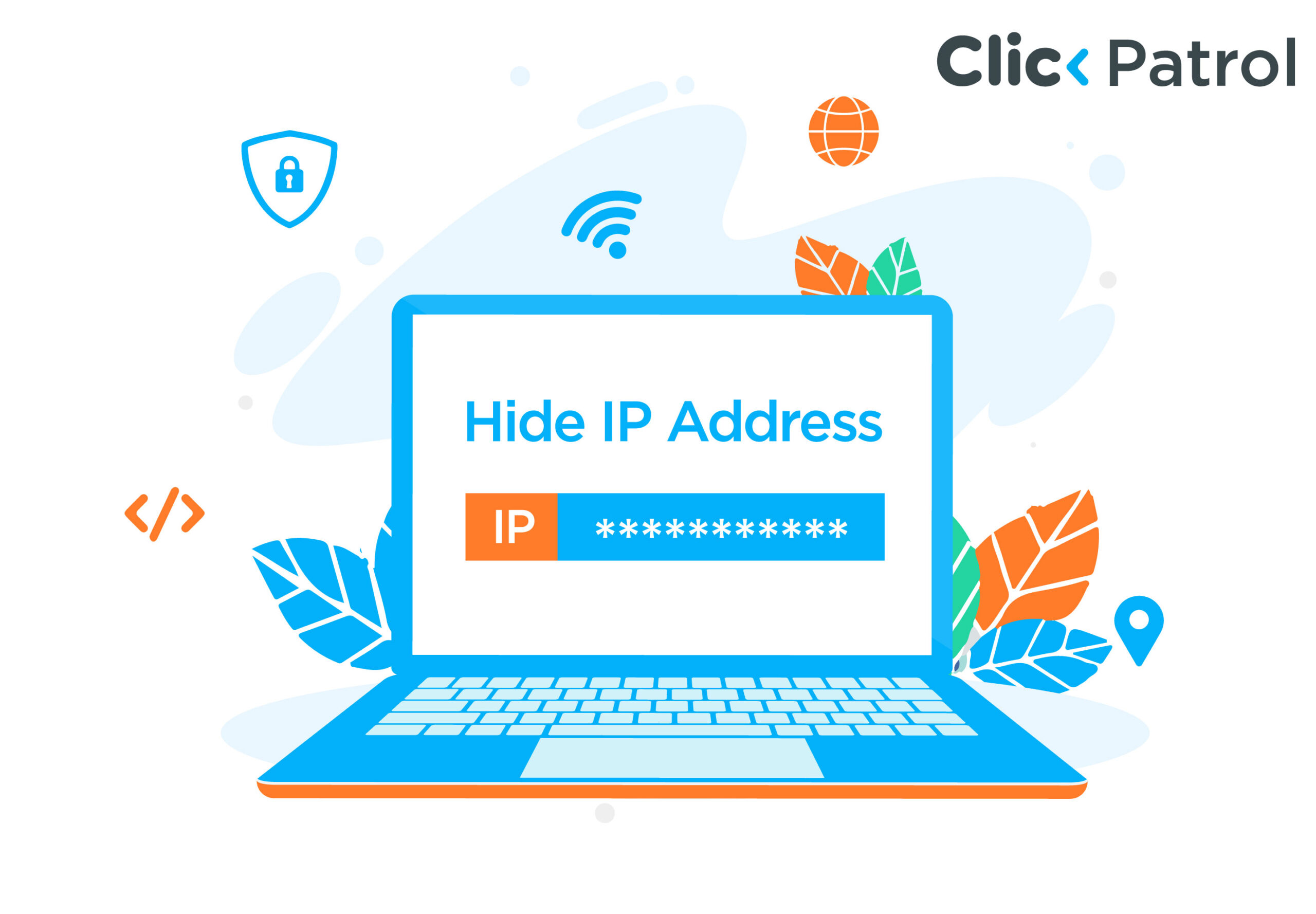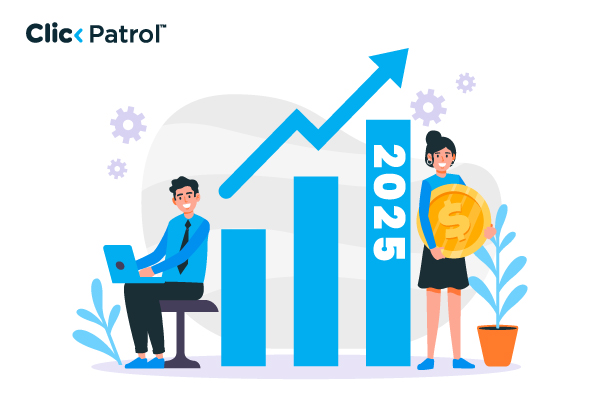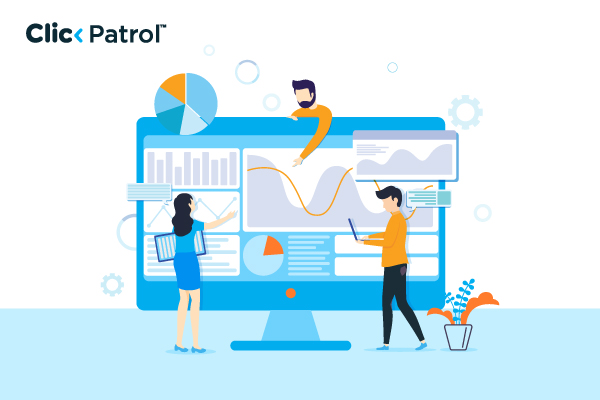
How to prevent web scraping: Best practices for protecting your website’s data
Abisola Tanzako | Apr 25, 2025

Table of Contents
- What is web scraping?
- Ethical vs. malicious web scraping
- How to detect web scraping attempts
- Effective ways to prevent web scraping and protect your website
- Top tools for web scraping detection and prevention
- Legal actions against web scraping
- Case study: LinkedIn and hiQLabs: Landmark web scraping case
- Protect your website from web scraping
- FAQs
Web scraping costs companies billions annually in lost revenue and compromised data (Statista, 2024). Web scraping is a common practice where bots replicate data from websites without authorization.
While all web scraping is not illegal (e.g., search engine crawler indexing), unauthorized scraping swipes proprietary content, floods servers, and violates sensitive data.
According to research by Aberdeen, the median annual business impact of website scraping can be as much as 80% of overall e-commerce website profitability.
If your website hosts valuable content, price information, or business-critical data, you should implement anti-scraping solutions to protect your assets.
This guide covers the best techniques for detecting, preventing, and mitigating web scraping attacks.
What is web scraping?
Web scraping is an automated process of fetching web data. Scrapers utilize bots, crawlers, and scripts to extract and replicate content, which is employed for competitor intelligence, pricing monitoring, or even malicious operations, such as hijacking content.
Common uses of web scraping
- Competitive intelligence: Firms web scrape competitor product prices and content.
- Market analysis: Data collection and aggregation for industry patterns and trends analysis.
- SEO tracking: Web scraping of search pages to track keyword rankings.
- Content plagiarism: Replication of copyrighted content, such as articles, product copy, or reviews.
- Information scraping: Web scraping of personal data like emails for spam or fraud.
Ethical vs. malicious web scraping
Web scraping is not always negative. Ethical web scraping is based on law and industry legislation, whereas malicious scraping trespasses on website content without consent. Let’s consider a comparison:
1. Permission
- Ethical web scraping: Performed with permission from the owner of the website or public APIs
- Malicious web scraping: Scans content without permission or in violation of the terms of service
2. Purpose
- Ethical web scraping: Market research, SEO tracking, academic research
- Malicious web scraping: Stealing content, dumping prices, and harvesting personal information
3. Compliance
- Ethical web scraping: Observes legal guidelines (GDPR, CCPA, robots.txt)
- Malicious web scraping: Ignores laws, violates copyright, and data rights
4. Impact on server
- Ethical web scraping: Lighter load, respect rate limits, and fair use
- Malicious web scraping: Bloated servers and increased bandwidth costs
5. Data handling
- Ethical web scraping: Uses data ethically, quotes source if required
- Malicious web scraping: Sells, exploits, or reprints data without attribution
6. Methods used
- Ethical web scraping: Uses structured APIs, respects robots.txt
- Malicious web scraping: Uses bots, proxies, and evasion tactics to bypass security
How to detect web scraping attempts
Identifying web scraping is vital for protecting your website. Keep an eye out for these key indicators:
- Sudden traffic spikes: A sudden spike from unknown sources or repeated requests for specific pages.
- Server overload with no user interaction: Many requests are made without actual user interaction, such as clicks or form submissions.
- Repeated visits with the same IP address or suspicious user agent: Scrapers often use static IP addresses or user agents that are not typical of human browsers.
- Suspicious crawling patterns: Rapid page downloads, non-JavaScript use, and cookie bypassing are indicators of bot usage.
- Repeated access to data: Visiting the same pages repeatedly indicates automated scraping.
- Disabled JavaScript execution: Can disable JavaScript to evade detection.
- Failed CAPTCHAs: The number of failed CAPTCHA attempts indicates bot behavior.
- Access to private or secured pages: Requesting admin pages, API paths, or private pages may indicate illegal data extraction.
Effective ways to prevent web scraping and protect your website
They include:
1. Implement rate limiting and throttling
- Limit how frequently an IP can ask for pages within a given time frame (e.g., a maximum of 10 requests per second).
- Throttle repeat requests automatically and discourage scrapers.
2. Block unusual user agents and IPs
- Maintain a blacklist of identified scrapers and bots (e.g., through firewalls).
- Block IPs with unusual activity patterns.
3. Use CAPTCHAs for protection
- Add reCAPTCHA challenges on high-risk pages (e.g., login, pricing, API endpoints).
- Deploy CAPTCHA after a series of rapid requests from the same IP address.
4. Employ Robots.txt with caution
- Robots.txt tells robots about pages they should not visit, but malicious scrapers ignore it.
- Avoid placing sensitive URLs in robots.txt, as scrapers will target them directly.
5. Protect content with JavaScript rendering
- Most scrapers do not execute JavaScript, making dynamic content rendering particularly useful.
- Retrieve key content via AJAX requests to make scraping more difficult.
6. Use Honeypot traps for bots
- Insert hidden fields or links that real users never see. Block them right away if a bot visits them.
7. Use web application firewalls (WAFs)
- A WAF (such as Cloudflare or AWS Shield) helps to identify and block unusual scraping behavior.
- WAFs monitor traffic and block suspicious requests before they reach your server.
8. Encrypt and complicate data
- Utilize complex HTML and CSS to conceal valuable content.
- Encrypt sensitive data fields to prevent trivial scraping.
9. Enforce API rate limits
- If your website has an API, limit API access with rate limits, authentication, and OAuth.
- Grant access to API data only to trusted users.
10. Log monitoring and alert setup
- Monitor server logs, request patterns, and analytics for regular scraping attempts.
- Use alerts to mark high-volume traffic spikes from unknown sources.
Top tools for web scraping detection and prevention
Web scraping detection tools include:
- Cloudflare bot management: Identifies and guards against bot traffic through machine learning.
- Datadome: Real-time monitoring bot detection through artificial intelligence.
- PerimeterX bot defender: Protects sites from automated threats like scraping.
- Imperva advanced bot protection: Detects and blocks malicious web scraping bots.
- Radware bot manager: Uses behavioral inspection to detect and block scraping.
Web scraping prevention tools and techniques
- reCAPTCHA (Google): Prevents bots from interacting with forms and login pages.
- IP blocking and rate limiting (Cloudflare, AWS WAF): Restricts consecutive requests from suspicious IPs.
- User-agent analysis: Identifies and blocks suspicious or fake user agents.
- Honey pot traps: Deploy decoy data points to trap unauthorized scrapers.
- JavaScript challenges (PerimeterX, Cloudflare): Prevents scrapers by mandating JavaScript execution.
Legal actions against web scraping
Remedies under the law against web scraping
- Send a cease and desist letter: This is a formal warning, instructing scrapers to cease their activities immediately or face legal consequences. It clarifies that you are aware of their actions and are prepared to take the following steps if they continue.
- File a DMCA complaint: If someone has copied and reproduced your work without your consent, you can file a Digital Millennium Copyright Act (DMCA) takedown notice.
- Take legal action: In most jurisdictions, unauthorized scraping constitutes a breach of data protection laws, such as the European Union’s GDPR and California’s CCPA. It sometimes even breaches hacking laws, like the Computer Fraud and Abuse Act (CFAA).
Case study: LinkedIn and hiQLabs: Landmark web scraping case
hiQ Labs, an analytics company, web scraped publicly available LinkedIn profile information to analyze the trend of employee turnover.
LinkedIn argued that web scraping without authorization violated its Terms of Use and attempted to disable hiQ through technical means such as IP blocking and lawsuits.
The actions taken:
- LinkedIn issued a cease-and-desist letter to hiQ Labs asking them to stop web scraping.
- When hiQ ignored the notice, LinkedIn relied on IP blocking and rate limits to restrict automatic access.
- LinkedIn sued hiQ for Computer Fraud and Abuse Act (CFAA) infringements.
The outcome:
- hiQ Labs complained against LinkedIn for unfairly restricting public information access.
- The U.S. Ninth Circuit Court ruled in favor of hiQ, noting that scraping of publicly available data was not against the CFAA.
- LinkedIn and hiQ were resolved in 2023, but the case created a precedent for web scraping legal battles.
Key takeaway:
Scraping data available to everyone is still a grey area, but websites can employ rate limiting, CAPTCHAs, bot detection, and lawsuits to protect their data.
Protect your website from web scraping
Web scraping can have disastrous repercussions, from content theft and data stealing to increased server costs and legal violations.
While ethical scraping is beneficial, unauthorized scraping harms businesses by exposing sensitive information and eroding competitive advantages.
Proactive measures, such as rate limiting, CAPTCHAs, firewalls, and monitoring tools, can protect your website from scrapers. Additionally, legal actions such as DMCA notices and cease-and-desist letters offer further protection.
You can safeguard your digital assets and secure your website by combining technical and legal measures.
FAQs
Q. 1 Can I block all bots from my website?
No, since there are valuable bots (e.g., Google crawlers). Instead, block harmful bots and keep useful ones.
Q. 2 Is web scraping unlawful?
Web scraping is not illegal per se; however, unauthorized scraping often violates terms of service agreements and may also violate copyright or data privacy laws.
Q. 3 How do I detect that my content is being scraped?
Utilize applications such as Copyscape, Google Alerts, and server logs to monitor content misuse without approval.
Q. 4 Can web scraping be avoided through JavaScript?
Web scraping using JavaScript rendering might slow down SimpleScrapers, but sophisticated scrapers can bypass it via headless browsers.





